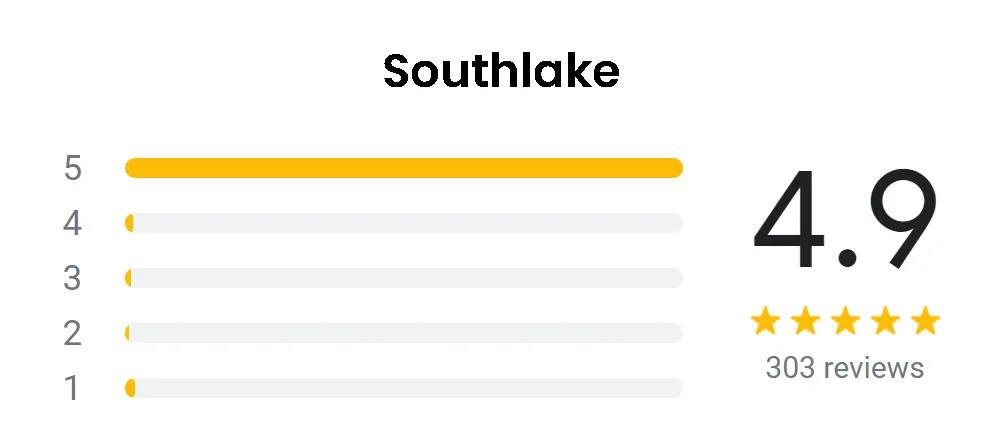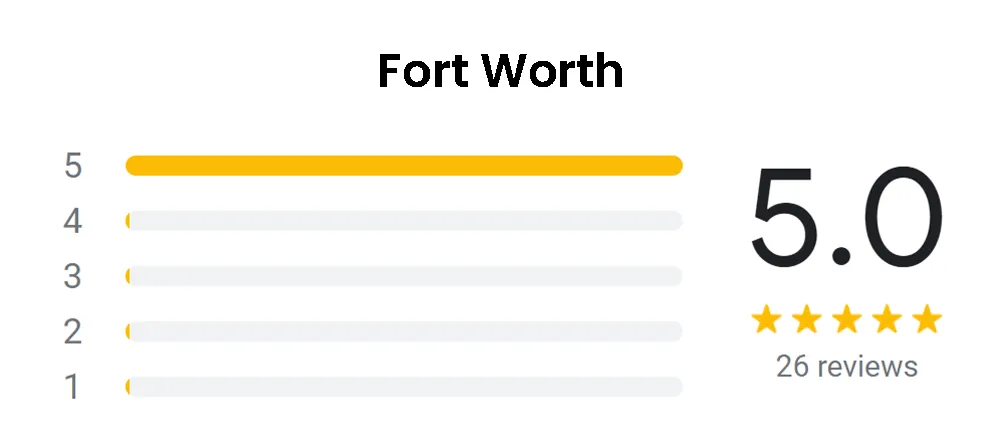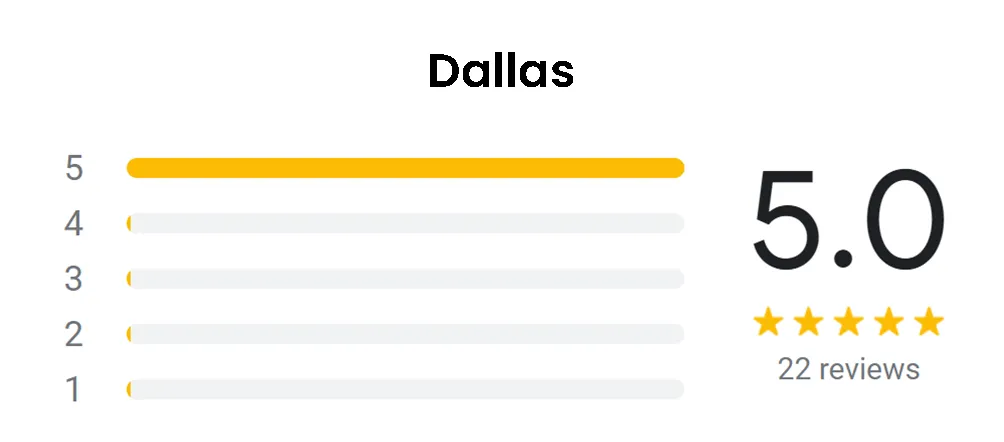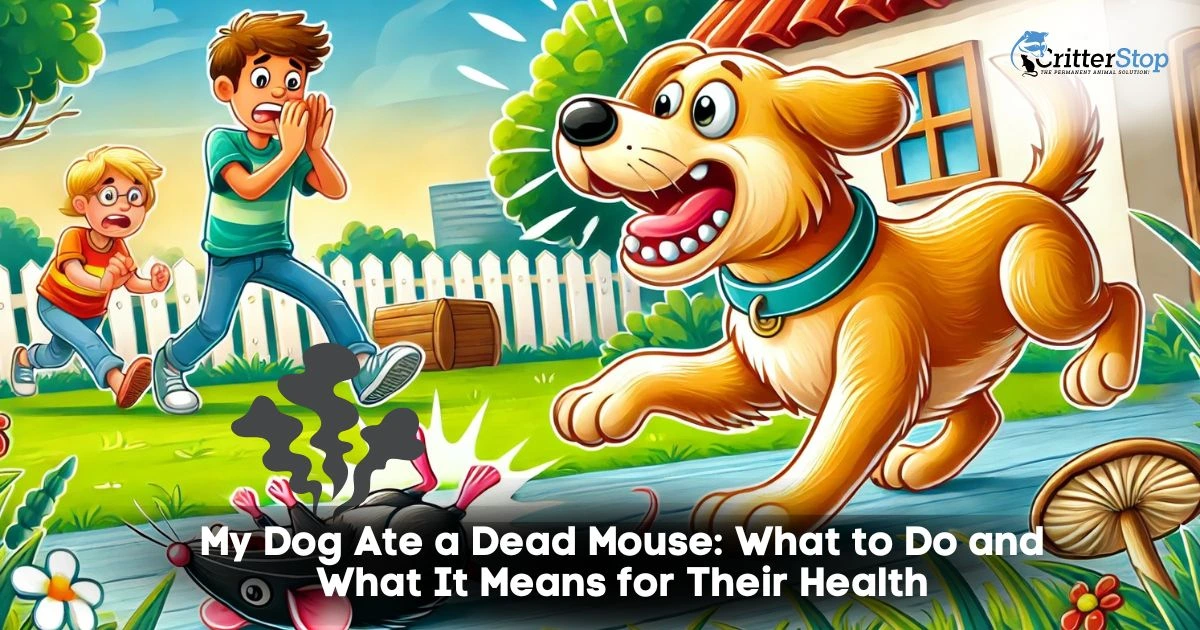
Discovering that a dog has eaten a dead mouse can be alarming for any pet owner. The immediate concern is whether the dog will experience any health issues. Knowing the potential risks and the appropriate actions is crucial for ensuring the dog’s well-being.
Dogs are naturally curious animals, and their scavenging behavior can lead them to consume items that may pose health risks, including dead rodents. Owners must remain vigilant about what their pets get into and be aware of signs that could indicate illness, such as vomiting or diarrhea.
If a dog eats a dead mouse, monitoring their health closely and consulting a veterinarian is essential. This ensures that any potential parasites or diseases transmitted through the mouse are addressed promptly. Being informed can help pet owners respond effectively and safeguard their furry companions.
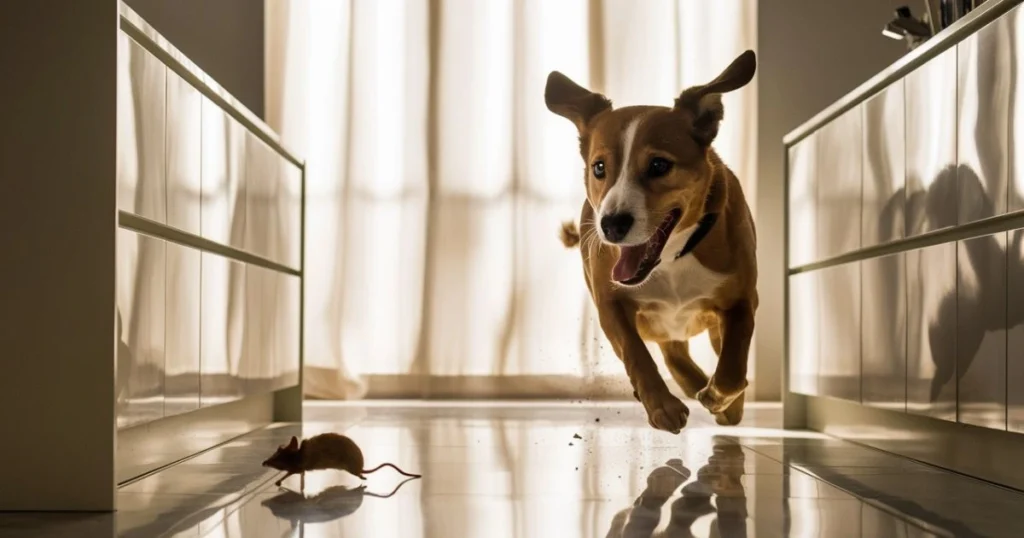
A dog consuming a dead mouse can pose various health risks and behavioral concerns. Knowing these implications helps in effectively addressing any potential issues.
Eating a dead mouse can expose a dog to numerous health hazards. Mice can carry parasites such as fleas, ticks, and worms. Dogs may contract these parasites if they ingest parts of the mouse.
Bacterial Infections: Mice can harbor harmful bacteria like Salmonella or Leptospira. These can lead to serious gastrointestinal issues in dogs, presenting symptoms like vomiting, diarrhea, and abdominal pain.
Rodenticides: If the mouse is poisoned, there’s a significant risk. Consumption of toxic substances can result in severe reactions, including internal bleeding or organ failure. Symptoms may include lethargy, weakness, and unusual bleeding.
To mitigate these risks, monitoring the dog closely for any signs of distress after ingestion is vital. If adverse symptoms arise, immediate veterinary attention may be required.
A dog that eats a dead mouse may also exhibit changes in behavior that warrant attention. This behavior could stem from instinctual hunting actions, curiosity, or food scarcity.
Hunting Instinct: Many dogs are instinctively driven to hunt small animals. This behavior can vary by breed, with some more inclined to chase and consume rodents. Understanding this instinct can help owners manage future actions.
Potential Anxiety: If a dog frequently scavenges dead animals, it may indicate underlying anxiety or stress. This behavior can arise from a lack of proper stimulation or exercise. Observing any pattern in behavior is essential.
Training Intervention: Training the dog to avoid scavenging can be beneficial. Positive reinforcement and redirection strategies can reduce the likelihood of consuming harmful items. Regular walks and mental stimulation can also divert attention from scavenging behaviors.
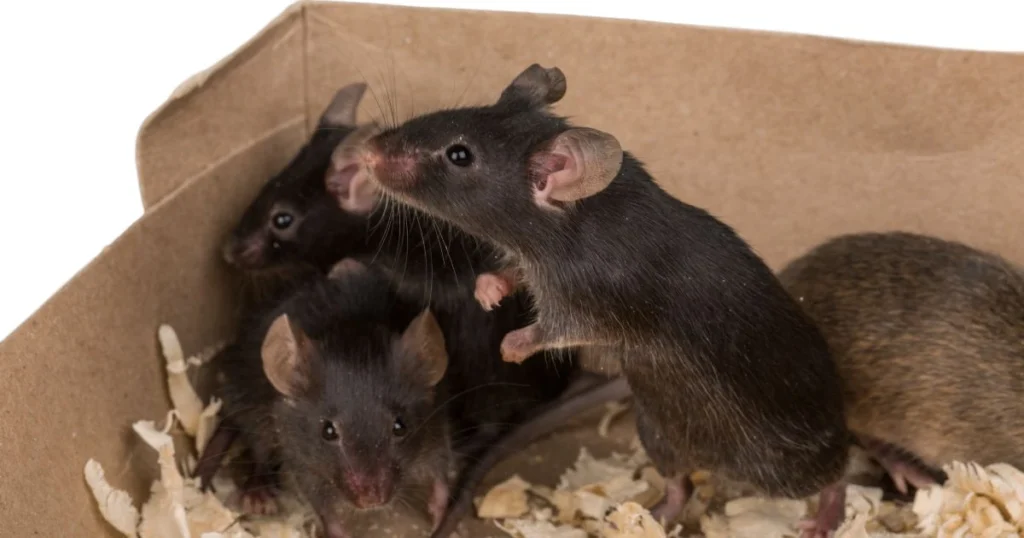
Maintaining a clean and safe environment prevents pets from ingesting harmful items like dead mice. Effective strategies can minimize the chances of this occurring both indoors and outdoors.
To reduce the likelihood of finding dead mice in the house, it’s essential to keep the interior clean and clutter-free. Regularly inspect areas like:
Additionally, employing traps and natural deterrents can help ward off mouse infestations. Due to their hunting instincts, cats can also serve as natural deterrents.
A well-maintained yard reduces the chance of dead mice being present outside. Consider the following practices:
Putting a fence around the yard can add another layer of protection. This can prevent wildlife from entering the area, decreasing the probability of dead mice appearing.
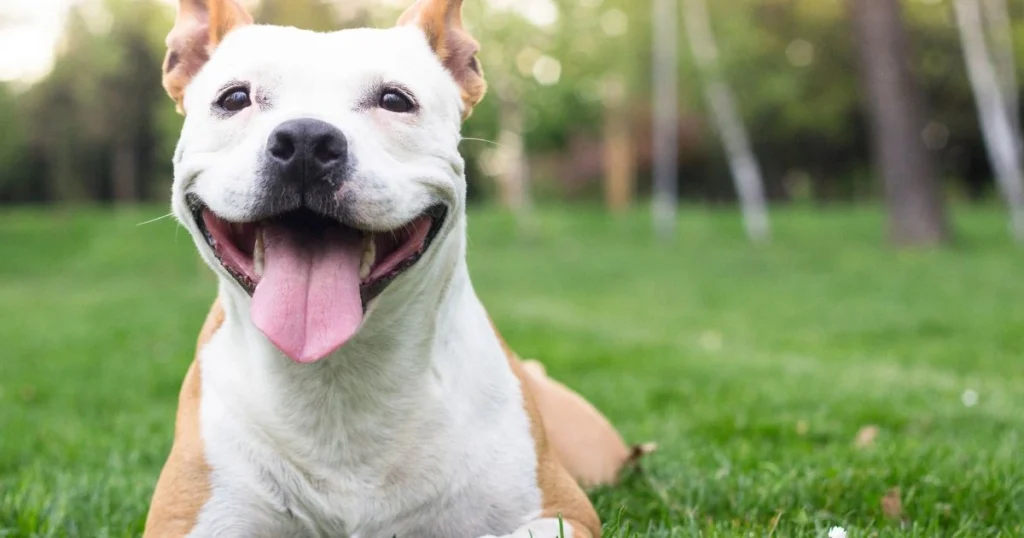
When a dog eats a dead mouse, it is crucial to act promptly and appropriately. Certain steps can help mitigate potential health risks associated with this incident.
The priority is to assess the situation. Owners should check their dogs for any immediate signs of distress, such as vomiting, diarrhea, or lethargy. If the dog appears fine but consumed a dead mouse, monitoring for reactions in the following hours is essential.
If any alarming symptoms arise, further action must be taken.
Veterinary care should be considered if the dog shows any concerning symptoms after eating a dead mouse. Signs that indicate the need for professional help include:
In such cases, the dog owner must provide the veterinarian with details of the incident, including when it occurred, what was ingested, and any symptoms observed. This information will aid in diagnosing and deciding the necessary treatment for the dog’s health.

When a dog eats a dead mouse, proper cleanup and disposal are essential to maintain hygiene and prevent health risks. The following sections detail how to safely remove the mouse and options for professional removal services.
Safety is paramount when addressing the issue of a dead mouse. To protect against potential pathogens, it is advisable to wear disposable gloves.
Steps for safe removal include:
Disposing of the sealed bag in an outdoor trash container is crucial. Keeping the area clean is vital in preventing any further pest issues.
A dead mouse removal service is wise for those who are uncomfortable handling dead mice. These professionals are trained to manage the situation safely and efficiently.
Key benefits of hiring a removal service include:
Homeowners should research local services and ask for quotes to find the best option. They should also consider checking online reviews and references to ensure quality service.

Maintaining health and sanitation is essential when dealing with incidents involving pets consuming dead animals. Concerns exist regarding environmental health and the necessary steps to disinfect the area effectively.
When a dog eats a dead mouse, there are immediate risks to the animal and the environment. Dead mice can attract flies, which may lay eggs and lead to further infestations if not addressed. These flies can carry pathogens that affect both pets and humans.
Additionally, dead baby mice found in homes can pose similar risks. Their presence may indicate a rodent problem, leading to potential health hazards such as diseases spread through fleas or bacteria. Pet owners must monitor their surroundings for signs of decay and take prompt action to remove any dead animals found outdoors or indoors.
After a dog has eaten a dead mouse, it is important to disinfect the area thoroughly. Begin by handling the remains with gloves and washing hands afterward. Cleaning surfaces with a solution of water and bleach can eliminate harmful bacteria. A mix of one part bleach to ten parts water is often effective.
This solution should be used to sanitize floors, bowls, and toys. Allow the disinfectant to sit for at least 10 minutes before wiping away. This ensures that any pathogens present are dead. Pet owners should also monitor their dog's health in the following days. Symptoms like vomiting, lethargy, or changes in appetite warrant a visit to the veterinarian.
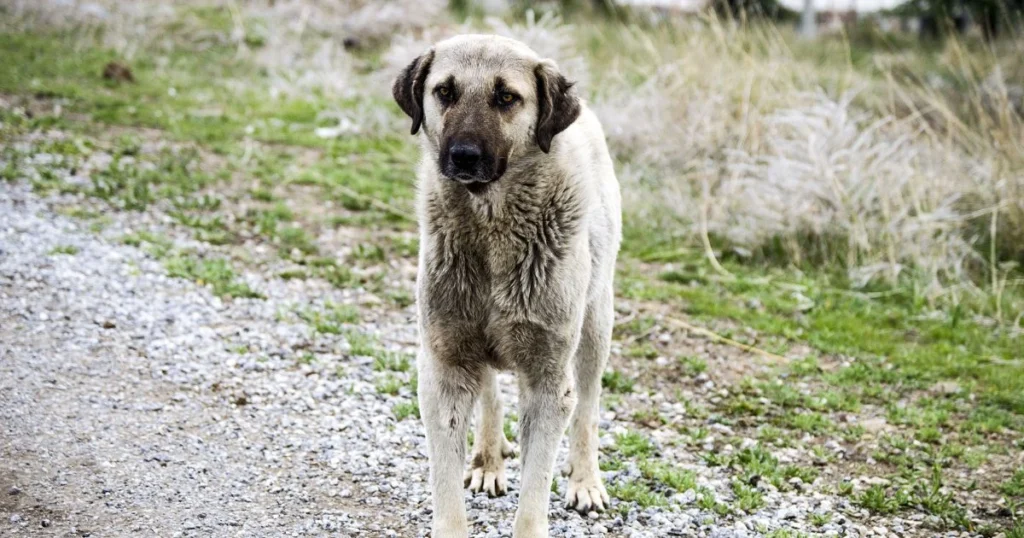
Addressing home repair and restoration requires attention to detail, especially when dealing with potential pests and contamination issues. Identifying entry points and repairing damage can help maintain a clean and safe living environment.
To prevent issues like a dead mouse in the vent, it is crucial to identify how pests are entering the home. Common entry points include:
After locating entry points, seal them effectively with appropriate materials, such as caulk for small cracks and expanding foam for larger gaps. Regular inspections can help catch new vulnerabilities before they become a problem.
When dealing with pests, cleaning and repairing areas affected by contamination is vital. After retrieving a dead mouse from ductwork, follow these steps:
Ensuring that the living space remains free from lingering odors and contaminants is essential. Regular maintenance will help prevent future infestations.
Addressing the issue of a dog consuming a dead mouse requires ongoing strategies and routine health checks. These approaches help prevent future occurrences and ensure the dog's well-being.
Implementing preventative measures can significantly reduce the likelihood of a dog finding dead mice. Regularly inspect areas like basements, garages, and gardens for dead rodents.
Some effective strategies include:
Monitoring the dog's health after an incident is essential. Look for any symptoms of illness.
Key signs to watch for include:
Incorporating these strategies and monitoring practices will create a safer environment for the dog and promote better health in the long run.
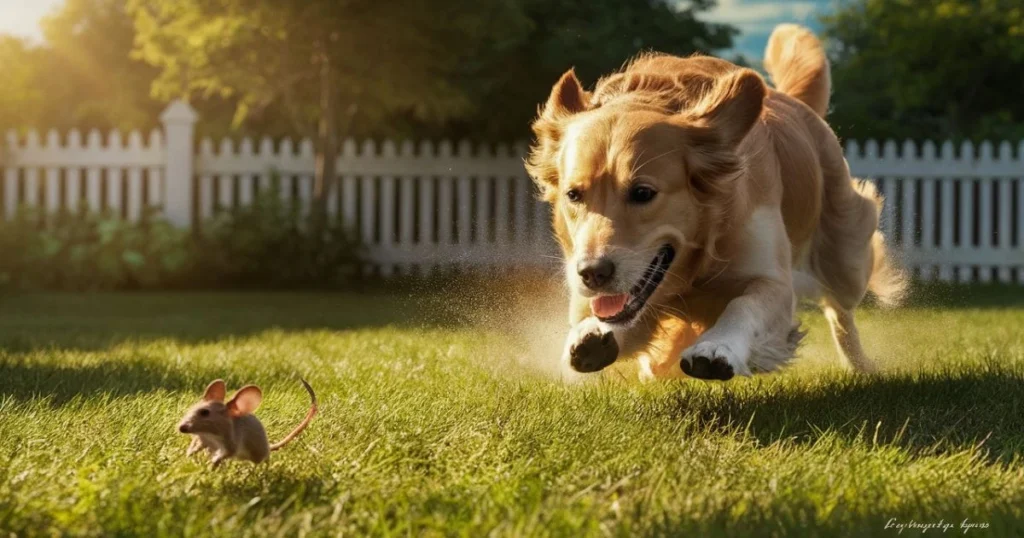
Dogs exhibit a range of behaviors that may seem puzzling to their owners. One such behavior is the tendency to consume dead animals, like when a dog ate a dead mouse. This section explores the reasons behind these actions, focusing on attraction to dead creatures and innate instincts.
Dogs are naturally curious and often drawn to strong smells, including the scent of decaying matter. The aroma can evoke interest, leading dogs to explore and consume what they find. Many pet owners have experienced the moment their dog suddenly focuses on a smell, particularly in outdoor settings.
Additionally, dogs possess keen olfactory senses. According to experts, dogs' noses contain approximately 300 million smell receptors, making them far more sensitive to odors than humans. This heightened sense can trigger instinctual behaviors associated with scavenging.
In some cases, eating dead animals might also be a learned behavior from their ancestors, who scavenged for food. This instinct can manifest even in domesticated dogs, resulting in encounters where a dog ate a dead mouse.
Dogs, though domesticated, retain many traits from their wild ancestors. One of these traits is a predatory instinct, which drives them to hunt and scavenge. This behavior is instinctive and may not be driven by hunger but by an innate need to engage in these actions.
When a dog encounters a dead mouse, it may react as if it has successfully hunted a prey item. The dog may view the situation as a carryover of ancestral patterns focusing on survival. Owners must recognize this behavior as a natural aspect of canine instincts.
Owners should understand that while problematic, such behaviors can stem from predatory drives. Contacting a professional humane wildlife removal company like Critter Stop can be beneficial if concerns arise, particularly regarding health or pest issues.
Critter Stop has a fantastic reputation and online customer reviews because it provides high-quality work and great customer service. For assistance with wildlife or pest removal, call Critter Stop at (214) 234-2616 for a free inspection.
Addressing concerns related to dead mice and potential health risks is important. The following questions clarify what to do if a dog encounters a dead mouse and related home issues.
If a dog eats a dead mouse, monitoring the animal for signs of distress is essential. Contacting a veterinarian is advisable, especially if the mouse may have carried disease or if the dog shows any unusual behavior.
Frequent sightings of dead mice might indicate an underlying infestation. Poor sanitation, easy access to food sources, and entry points for mice are contributing factors.
If a dead mouse is found in a vent, it should be removed carefully to avoid contamination. To contain the mouse, gloves and a plastic bag are recommended, followed by thorough cleaning and sanitization of the area.
Yes, potential dangers are involved, such as the transmission of parasites or disease. Keeping the dog's vaccinations current and consulting a vet can help mitigate risks.
Dead mice in a yard usually result from natural predators or exposure to harmful substances. Preventative measures include securing garbage bins and using repellents to deter mice.
A professional dead mouse removal service can comprehensively address infestations. They assess the situation, identify entry points, and implement long-term solutions to prevent future occurrences.
Wearing protective gloves and a mask is important when handling dead mice in the basement. Proper disposal in a sealed bag and cleaning the area will reduce health risks.
The safest method involves sealing the dead mouse in a plastic bag and placing it in an outdoor trash bin. It is crucial to wash hands thoroughly after disposal.
Tools like long grabbers or vacuums with special attachments can be effective for hard-to-reach areas. Professional help may be the best option for thorough and safe removal if necessary.
Finding dead baby mice often signals a nesting issue. This can indicate an ongoing infestation that requires immediate attention to prevent further breeding.
Remove the source by promptly disposing of the dead mouse to handle flies. Cleaning the area with disinfectant and using traps or sprays can minimize fly problems.
If a dead mouse is found in an air conditioner, it is advisable to power down the unit. Professional service may be necessary to clean the system and ensure it operates safely.
Turn off the HVAC system first to safely remove a dead mouse from ductwork. Consulting with a ventilation professional can ensure proper access and cleaning without damaging the ducts.
A dead mouse in a heating vent can pose health risks due to contamination and odors. Removal should be handled carefully, usually requiring professional assistance to clean and sanitize the vent system.
Visit our Critter Library and learn more about our furry friends
